Table of Contents
Think about this: your 5-year-old just figured out how to get her little robot dancing across the floor.
She’s virtually shaking with excitement, and you? Well, you’re probably thinking,
‘Is this thing actually SAFE or did I just blow my cash on something that’ll be buried beneath the sofa next week?”
Sound familiar? These thoughts hit every parent these days. And that’s because toys that fit all needed criteria feel like they’ve become harder to find. They should be safe enough that you’re not constantly wondering “are robot toys safe for kids”, educational enough that you feel it’s worth your while, and interesting enough that kids won’t get bored of it in three days. Most classic toys nail one or two, but not all three, so parents are back to that merry-go-round of trying to find a better educational robot toy for kids that does it all.
And that’s where smart robot toys come in. Today’s educational robot options blend tech with design purpose, creating safe toy experiences that genuinely promote kids learning – but feel like fun. Let’s explore why families are switching to new-age toys and what makes them so great for your own kids.
Reason 1: Why Parents Ask ‘Are Robot Toys Safe for Kids?’
Whenever you hand your kid any new toy, safety understandably is a top concern. As such, questions like ‘are robot toys safe for kids? deserve a candid response, and here it is – yes, provided you choose quality options from reputable manufacturers.
Rigorous Safety Testing
Modern robot playthings must pass through rigorous testing that go far beyond basic safe toy standards. Also, quality manufacturers employ nontoxic materials, rounded edges and reinforced build that can endure enthusiastic play. Most of them come with automatic shut-off, temperature controls and even impact-resistant casing to protect internal circuitry from curious toddler hands.
Age-Appropriate Design
Age-appropriate design is a huge piece of the puzzle, too. Robot toy for preschool models typically feature chunkier components that circumvent choking hazards, while ones for the older children showcase more sophisticated features protected within child-safe casings.
Smart Technology Safety
But what about the technology itself? As parents, we wonder, “Is mini robot safe for children?” However, the answer lies in smart engineering. Good robot toys combine low-voltage systems, protected wireless connections and internal safeguards that prevent overheating and malfunction. Voice recognition respond only to explicit instructions, while app-controlled features provide parental controls and time limits.
Reason 2: How Robot Toys Boost STEM Skills in Young Children
Robot toys are particularly exceptional in converting theoretical learning into immersive experiences, which children remember well long after putting the toy away. One instance of this occurred when 6-year-old Marcus was struggling with math sequences, and his parents introduced a robot coding toy. He now codes his robot to count steps, turn at certain angles, and follow a pattern. "Look, Mom! If I tell him to go forward three times, then turn, he makes a triangle!" What was once an abstract concept on numerical sequences clicked for him through actual robot motion.
STEM Skills Development
Science, technology, engineering and mathematics (STEM) education becomes very concrete when children program a robot to avoid obstacles or respond to voice commands. All these experiences help learn basic coding principles through visual and block programming which is easy for young kids to understand. Kids learn cause and effect, logical sequencing and problem solving without the realization that they're developing high-level 21st century skills.
Flexible Programming Concepts
Robot coding toys teach you the concepts of programming in steps starting from easy programming like 'move forward' or 'turn left' and then moving to complex programming through sequence and conditional logic. Children naturally develop computational thinking (breaking problems down into smaller sub-steps) skills which they can apply to all subjects.
Multi-Sensory Learning Approach
The magic lies in the fact that these toys are versatile to accommodate different learning styles. Visual learners are able to see what they are commanding through the movement of the robot. Kinesthetic learners, on the other hand, prefer to learn with their hands and through physical interaction. Auditory learners communicate through verbal instructions and aural feedback. This multi-sensory approach ensures that no matter how your child learns, he or she will remember certain concepts.
Problem-Solving Skills
Perhaps most importantly, robot toys inculcate persistence and imaginative problem-solving abilities. When something goes wrong, children learn how to debug, recalibrate and try again. These resilience-building experiences help kids be prepared for the challenges ahead without getting frustrated thanks to the fun game-like formats.
Reason 3: Fun Mini Robot Games for Kids Keep Children Engaged
The truth is cognitive gain is pointless if the kids become bored in a few days. Robot toys are excellent in keeping up with children's ever-changing skills and interests thanks to their smart functions.
Interactive Games and Activities
Fun mini robot games for kids can be as simple as a type of follow the leader, or as complex as a game requiring strategy and skills to locate a treasure. A lot of robots, for instance, respond to gestures, dance to music or play interactive games that engage the body as well as the mind. It's this combination that keeps the kids moving and involved as opposed to being mindlessly amused.
Family Bonding
Social element makes it more interesting. Brothers and sisters work together on coding puzzles and parents and children share "a-ha" moments together. Educational robot toy play ideas like family coding battles, robot story telling adventures and some creative challenges encourage creativity in tandem with technical learning.
Personalization
Also, kids can infuse their own personalities into these robots through the personalization features. From coding custom dance moves, to custom voice responses, to obstacle courses, kids have actual ownership over their interactive buddy. This personal connection helps your kids stay engaged for a much longer time.
Scalable Complexity
Many robot toys become a tad more complex as the child grows, offering basic modes for first time experience, and expanding to something more sophisticated as the child grows in capability. This scalability means it will avoid the usual fate of toys of quickly becoming 'too easy'. Rather, kids are always discovering new abilities and challenges that reflect their ever-changing abilities.
The real magic though, starts when kids start making up their own games and challenges. Robot toys become stages for imagination and not predetermined encounters.
FAQs
At what age can kids start using robot toys? Mini robot toy options are designed for the age range 3-5 and focus on simple interactions and cause-effect learning and more advanced models for ages 6 upwards. Always follow the manufacturer's age guidelines and consider your child's stage of development.
Do robot toys need constant supervision by adults? High-end robot toys for kids come with safeguards, which require minimal supervision. However, adult supervision is good, at least for the initial set up and learning, especially for programming features. Once children learn to do the basics, independent play is possible.
Are robot toys worth the investment over traditional toys? While the purchase price may be higher, robot toys offer more than a passing moment's worth of play. They will keep your kids engaged longer because the challenges and learning experience grows as children do.
Can robot toys replace traditional forms of kids learning? Robot toys are an adjunct to traditional learning. They are great at bringing an abstract concept to life and making it engaging. However, they work best when used in conjunction with books, hands on activities and human interaction to provide a holistic learning experience.
Make the Switch to Robot Toys Today
Parents choose robot toys because they get the three things that matter most: safety, education and real fun. The change in children’s approach to learning is noticeable quickly. Kids who used to avoid challenging activities are now eager to tackle programming puzzles. Children who struggled with abstract concepts suddenly get logical sequences through hands on robot interaction.
Robot toys are more than just another gadget – they’re tools that prepare children for a technology rich future while keeping childhood playful and fun. These interactive companions are a gentle and fun introduction to concepts that will serve your kids throughout their educational journey and beyond.
Looking for more gift ideas that combine fun with learning? Check out our guide:
How to Pick the Best Gifts for Kids 2025
.
Written by Samuel Idowu
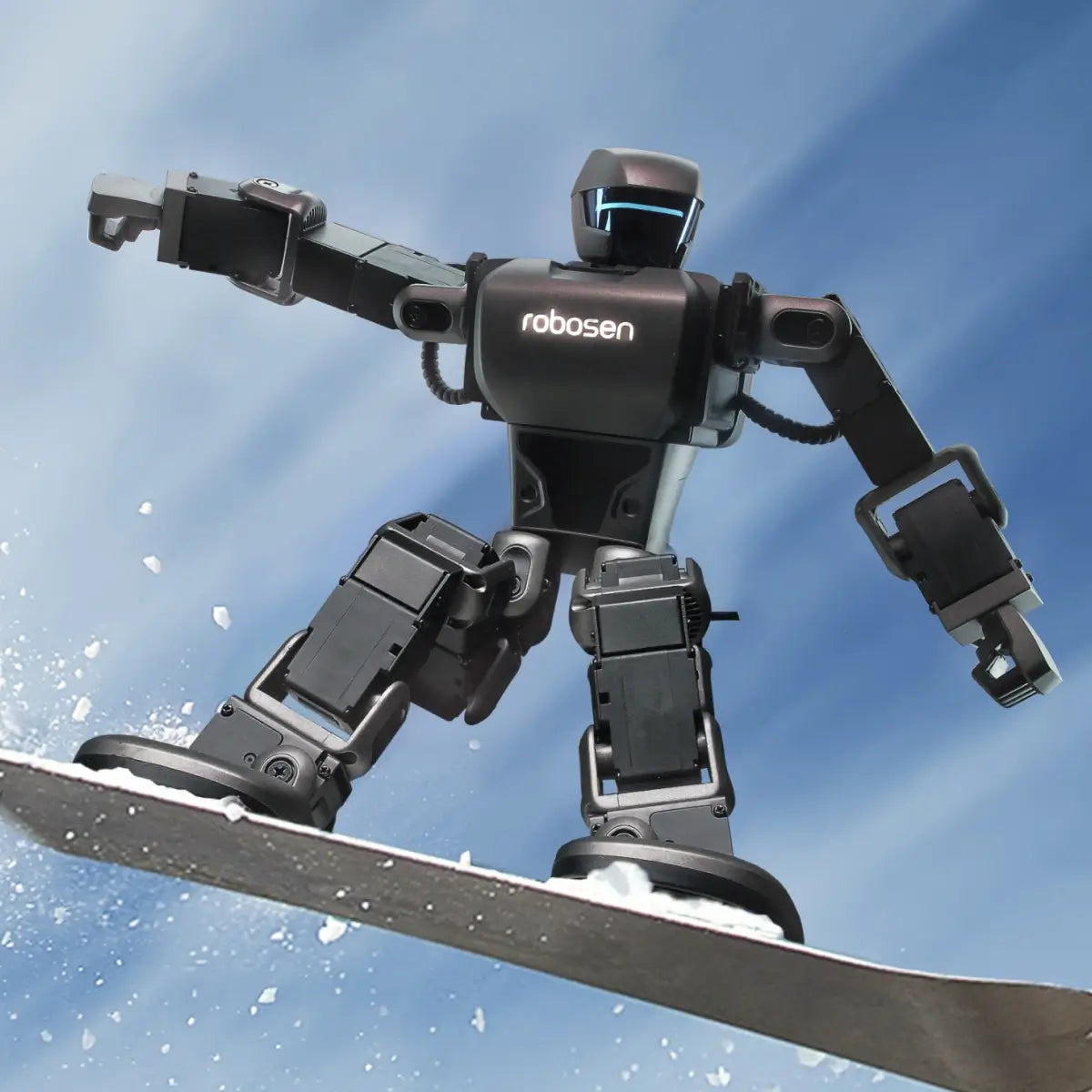
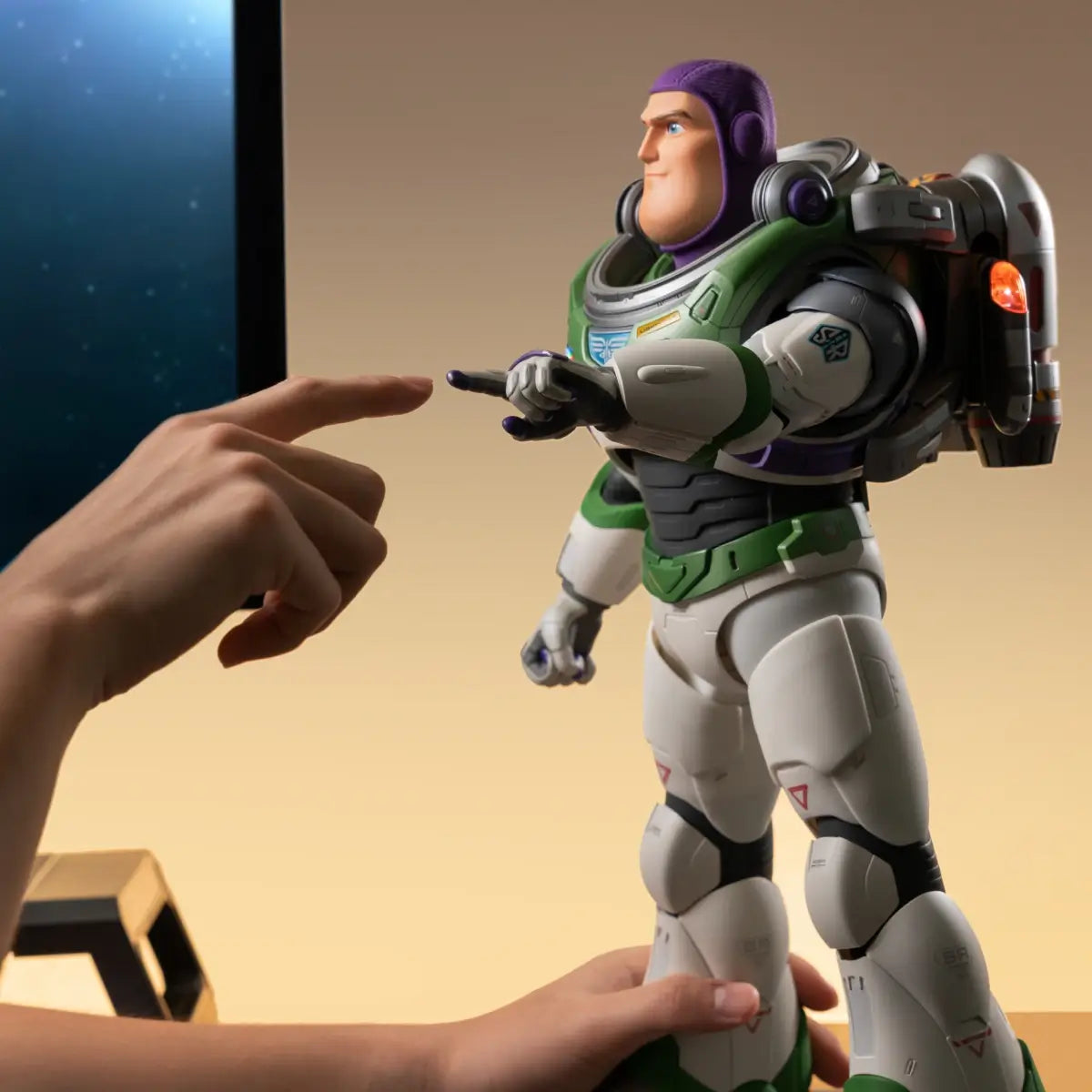
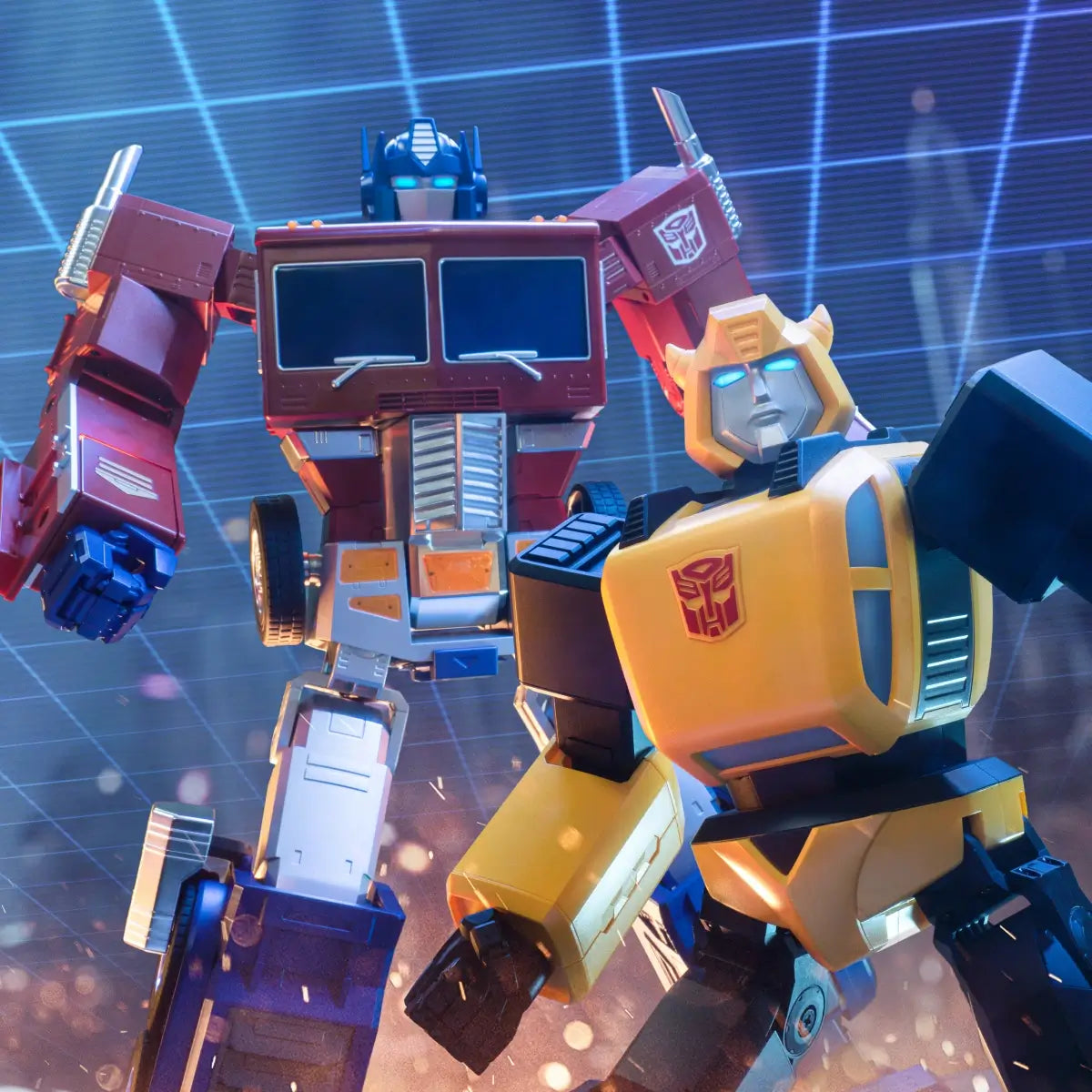
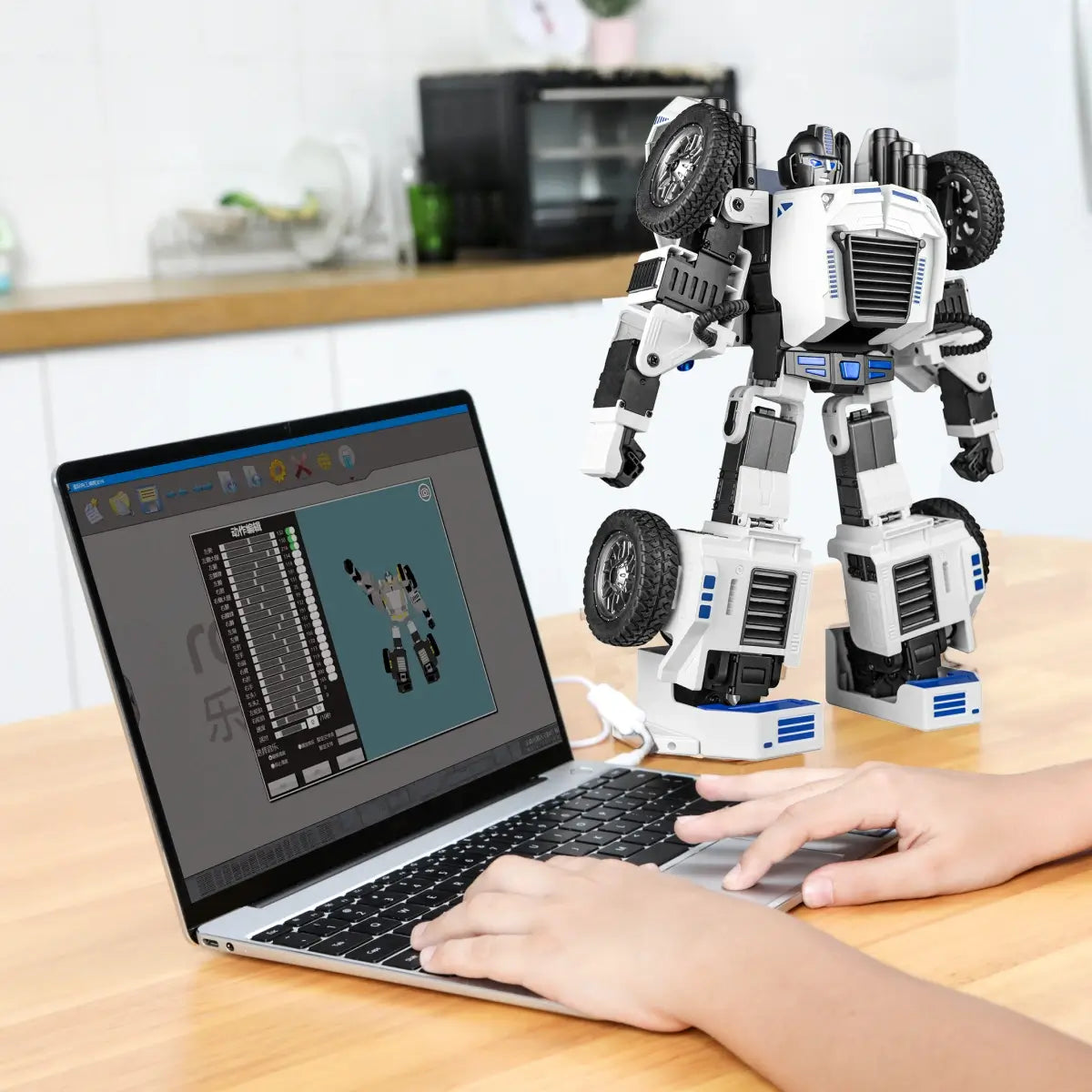

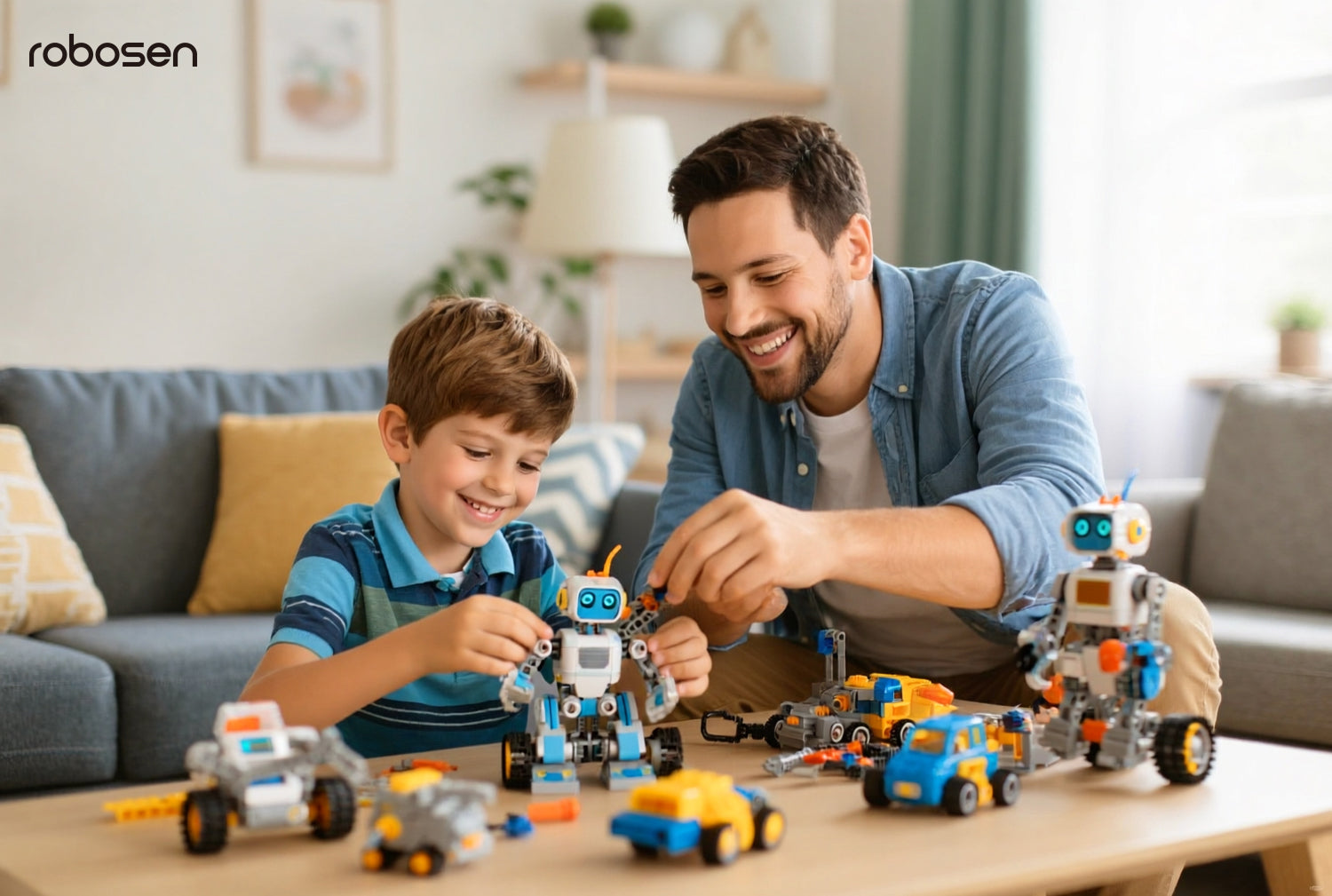




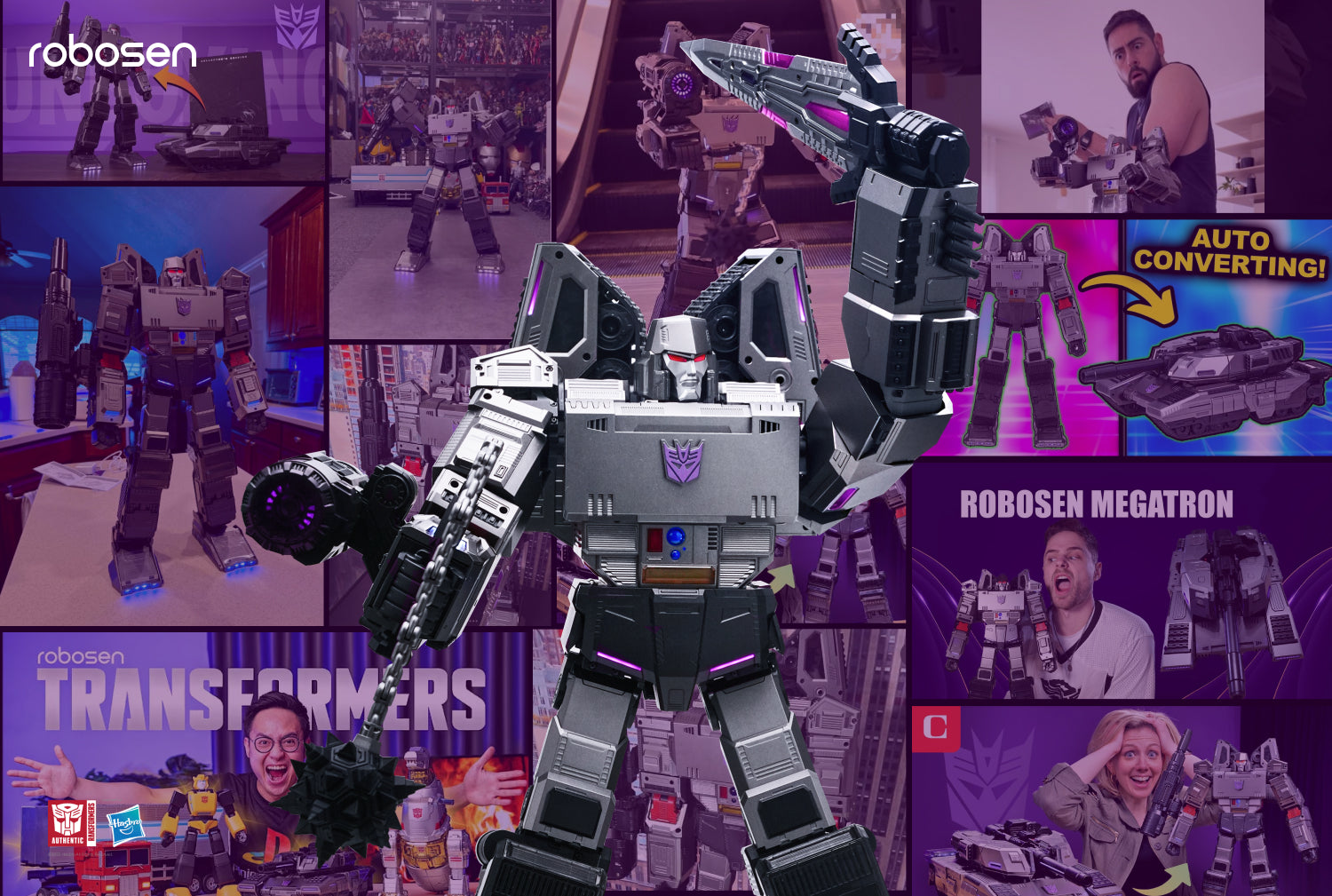
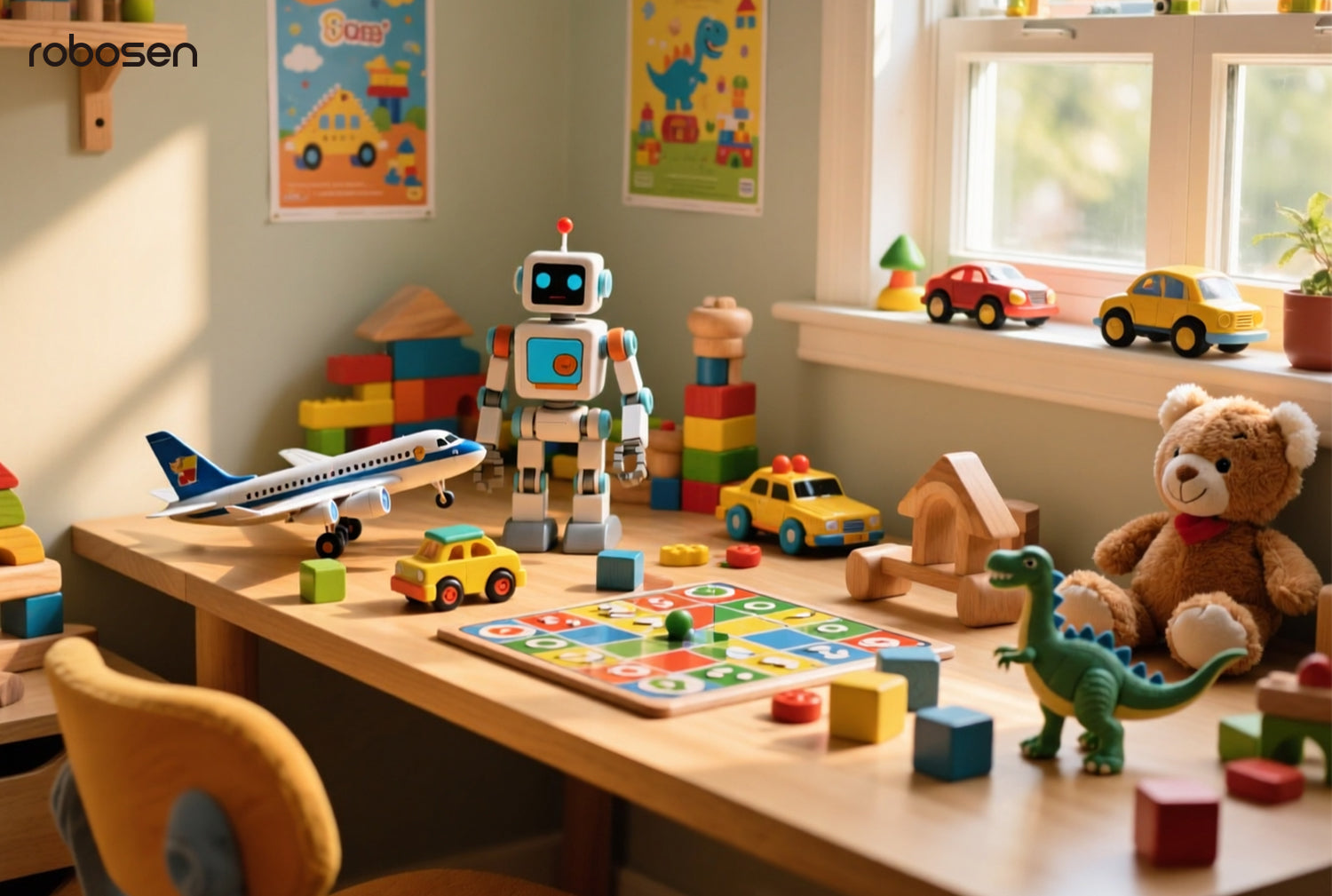

Leave a comment
All comments are moderated before being published.
This site is protected by hCaptcha and the hCaptcha Privacy Policy and Terms of Service apply.